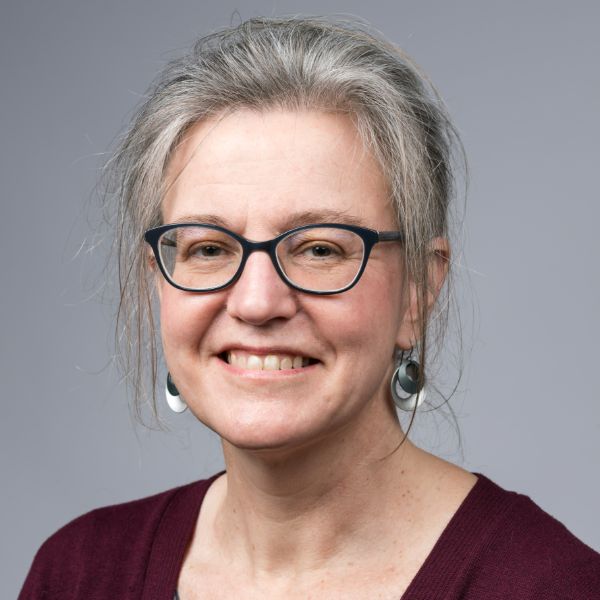Rochester Women is a Newscenter series designed to share the stories of women in the University’s history whose contributions deserve wider recognition than they may have historically received.
What Rachel Carson did for the environment and Margaret Sanger did for birth control, Mary Calderone ’39M (MD) did for sex education, a reporter for People magazine casually observed in 1980.
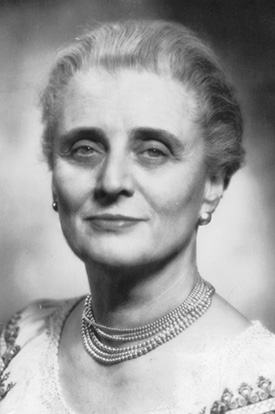
Rochester Women
Mary Steichen Calderone ’39M (MD)
Born: 1904, New York City
Died: 1998, Kennett Square, Pennsylvania
Mary Calderone ’39M (MD) was a pioneering advocate for sex education in the United States. As the medical director of Planned Parenthood from 1953 to 1964, she helped convince organizations such as the American Medical Association and the American Public Health Association to declare family planning part of comprehensive health care. As cofounder of the Sex Information and Education Council of the United States, where she held leadership positions from 1964 to 1982, she encouraged open conversation about sexuality and offered resources to develop sex education programs. A major spokesperson for sex education at a time of great cultural division over sexuality and feminism, she was both celebrated and vilified.
On sexuality and identity:
“Most people, of course, think that sex is something you do. It is not. It’s something you are. Your sexuality is yourself, as the total person you are.” –Voice of America interviews with eight American women of achievement, 1985
Calderone was a cultural icon in the 1970s and early 1980s. The first medical director of the Planned Parenthood Federation of America, and later cofounder, executive director, and president of the Sex Information and Education Council of the United States, she was profiled in magazines from Family Circle to Playboy, made television appearances, and traveled tens of thousands of miles yearly lecturing on campuses, at conferences, and before governmental bodies and civic organizations.
Her professional accomplishments began relatively late in life. After studying chemistry at Vassar College, she attempted, and then abandoned, a career in theater. She married, had two daughters, and then divorced by the time she entered medical school at the University of Rochester at age 30. As Ellen More ’79 (PhD) recounts in Restoring the Balance: Women Physicians and the Profession of Medicine, 1850–1995 (Harvard University Press, 1999), it was a series of career aptitude tests that convinced Calderone “to accommodate both her love of science and her ‘need to deal with people’—by practicing medicine.” While she initially applied and was accepted into a doctoral program in nutrition, “she persuaded [School of Medicine and Dentistry Dean] George Whipple. . . to transfer her to the incoming class of medical students.”
After graduating 13th in her class of 45, she pursued a master’s degree in public health at Columbia, while working for the New York City Health Department. There she met Frank Calderone, whom she married in 1941, and with whom she had two more daughters.
She was nearly 50 years old when she began her role at Planned Parenthood. It was a minor organization, by Calderone’s own description, when she took on the role of its medical director in 1953. When she applied for the job, she had little competition from male physicians. “[M]ost male physicians would not risk their reputations. I had none to risk,” she said in an oral history interview in 1974.
Once in the position, she made it her goal to convince major professional organizations such as the American Public Health Association and the American Medical Association to consider family planning as part of comprehensive health care. The APHA issued a statement to that effect in 1959, and the AMA followed suit in 1964. Calderone is often credited for the turnaround, though in her lifetime she was quick to draw attention to a dedicated movement behind it.
In the 1960s, her interest shifted from family planning to “the human relationships which make birth control necessary,” as she later put it. “I’m more interested in how people form their sexual attitudes.” In 1964, she joined with four like-minded colleagues to form the Sex Information and Education Council of the United States, known by its acronym SIECUS.
Its mission was to help remove the shame and embarrassment that often accompanied discussions of sexual matters, and treat sexuality as fundamental to human experience and human health. In practice, SIECUS offered information and resources that parents, schools, and religious and community organizations could use to develop sex education programs to suit their own purposes.
Calderone oversaw SIECUS at a time of resurgent activism among evangelical Christians who opposed the organization’s philosophy and goals. She became a cultural lightning rod among some activist groups as debates over sexuality and feminism intensified in the late 1960s and 1970s.
While she was sometimes lumped with a counterculture that preached sexual freedom, by the standards of the time—and perhaps even today—her notion of healthy sexuality betrayed a mix of progressive and conservative impulses. She often said that her views were based both in science and her Quaker faith. Children were sexual beings, she argued—as were the aged. Homosexuality was a normal variety of sexual expression—and no cause for “fuss.”
But when asked about “promiscuity,” she replied it was “a sign of immaturity and social imbalance.” She was a critic of sexualized images in the media, which turned sexuality into a “commercial gimmick.”
“I regard sex as private and personal between two people who have committed themselves to each other,” she said in 1969. Above all, sexuality, encompassing body, mind, and spirit, demanded appreciation, and even reverence.
In 1982, Calderone resigned as president of SIECUS, declaring her mission fulfilled. During the remainder of her career, she taught human sexuality at New York University.
The author or coauthor of multiple books, including The Manual of Contraceptive Practices (1964), The Family Book about Sexuality (1980), and Talking with Your Child about Sex (1984), Calderone was inducted into the National Women’s Hall of Fame in 1998.
Read more in Rochester Women
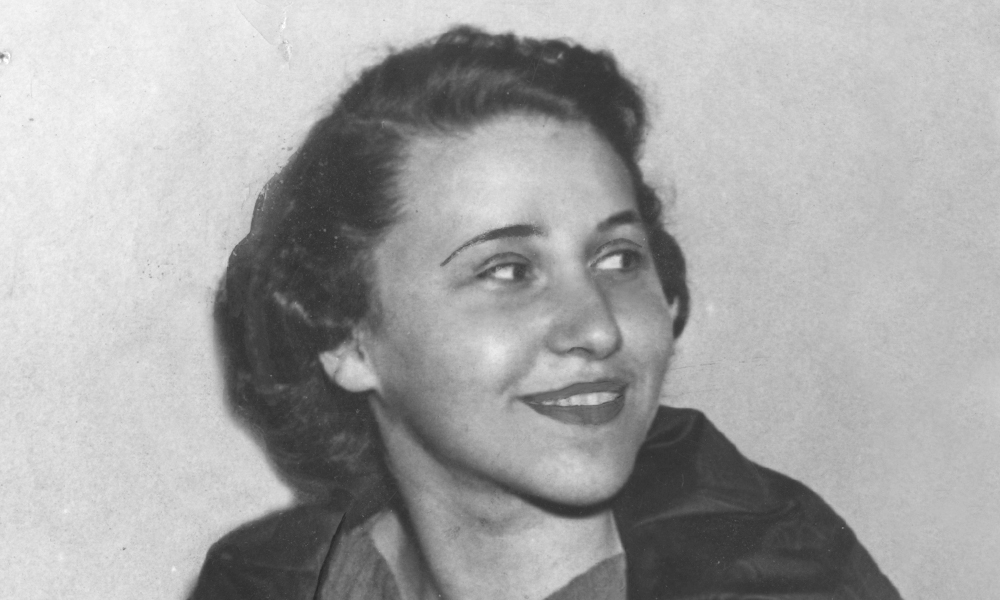
‘A very different status and kind of career’
The Rochester Women series continues with the story of Sylvy Kornberg ’38, ’40M (MS), a biochemist most often cited as the wife and the mother of Nobel Prize-winning scientists, but who played a critical role in the discovery of DNA replication.
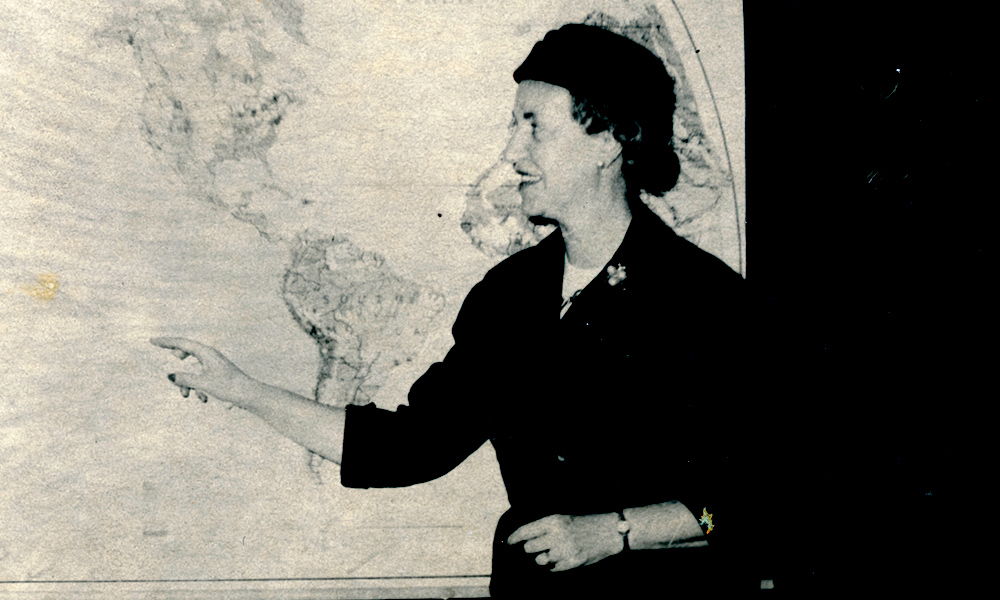
‘This vacuum in our education is more than a matter of polite regret’
Vera Micheles Dean served as the founding director of the University’s Non-Western Civilizations program, one of the first such interdisciplinary programs for undergraduates in the country.
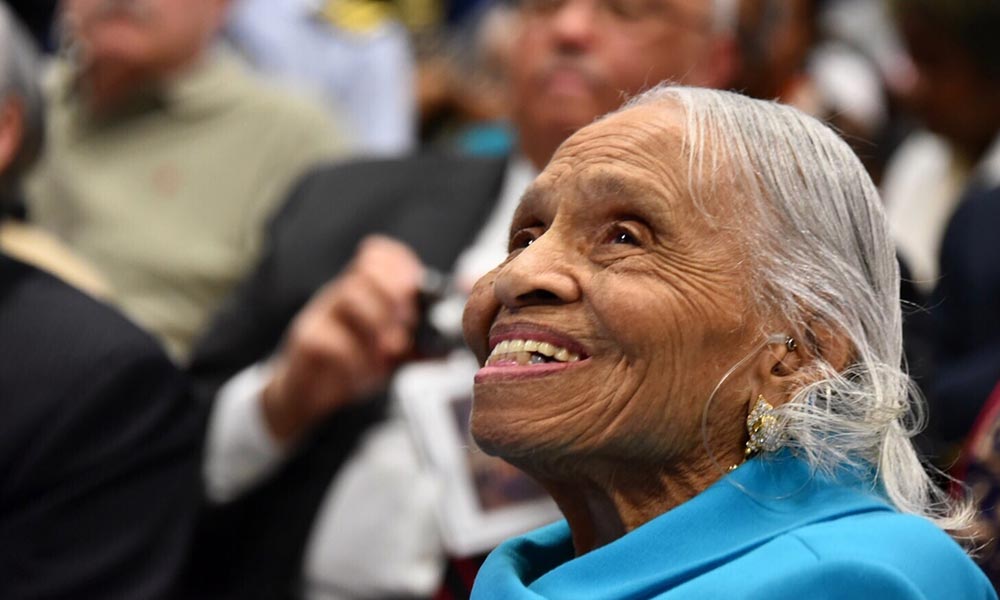
‘The memories of what happened to us then will never go away’
By the time of her death at age 103, Olivia Hooker ’62 (PhD) was an early witness to devastating acts of racist violence, the first African-American woman to serve in the Coast Guard, and a prominent psychology professor.

